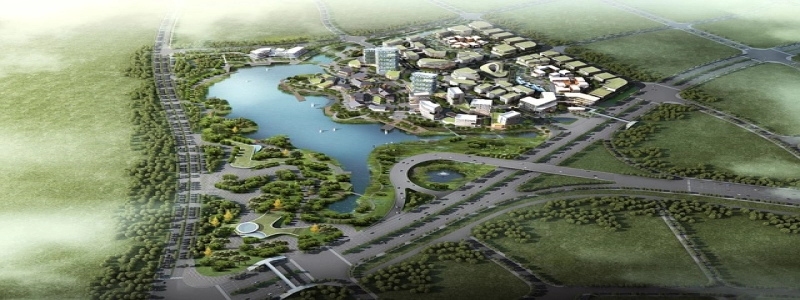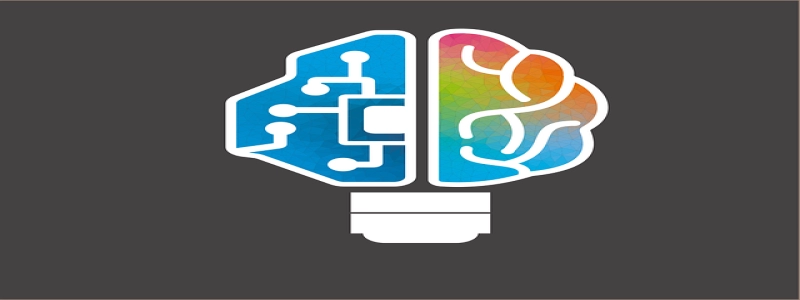What is Polyurethane Dispersion?
Introduction:
Polyurethane dispersion (PUD) is a versatile and widely used material in various industries. It is a waterborne dispersion of polyurethane particles. PUDs offer excellent adhesion, durability, chemical resistance, and flexibility, making them suitable for a wide range of applications.
I. Definition and Composition:
Polyurethane dispersion is a type of polyurethane resin that is dispersed in water. It consists of a polyurethane polymer, water, and other additives such as surfactants and stabilizers. The polyurethane particles are typically nano-sized and remain dispersed in water due to the use of surfactants.
II. Manufacturing Process:
The production of polyurethane dispersion involves the following steps:
1. Prepolymer Formation: A prepolymer is formed by reacting polyols with isocyanates. The ratio of polyols to isocyanates determines the properties of the polyurethane dispersion.
2. Dispersion Formation: The prepolymer is then dispersed in water with the help of intensive mixing and the addition of surfactants. This process allows the formation of stable polyurethane particles in water.
3. Post-Processing: The dispersion is further stabilized by adjusting the pH, adding crosslinkers, and incorporating other additives as required.
III. Applications:
Polyurethane dispersions find widespread applications in various industries such as:
1. Coatings: PUDs are extensively used in the formulation of paints, varnishes, and coatings. They provide excellent adhesion to various substrates like wood, metal, plastic, and concrete. Additionally, they offer superior chemical resistance and weatherability.
2. Adhesives: PUDs are commonly used in the production of adhesives and sealants. They provide strong and durable bonds on different surfaces. They are also flexible, allowing for the bonding of materials with varying coefficients of thermal expansion.
3. Textiles: PUDs are used to finish and treat textiles to impart properties like water repellency, softness, and improved abrasion resistance. They can also enhance the dyeing process by acting as binders for pigments and dyes.
4. Leather Goods: PUDs are used in the production of synthetic leather and to improve the performance of genuine leather. They can provide a soft touch, resistance to scratches and scuffs, as well as water repellency.
IV. Advantages:
Polyurethane dispersions offer numerous advantages over other types of coatings and adhesives:
1. Environmentally Friendly: PUDs are water-based, reducing the emission of volatile organic compounds (VOCs) compared to solvent-based alternatives.
2. Excellent Performance: PUDs exhibit outstanding adhesion, durability, chemical resistance, and flexibility. They can withstand harsh environments and provide long-lasting protection.
3. Wide Compatibility: PUDs can be used on a variety of substrates, including different plastics, metals, and composites.
4. Easy Application: PUDs can be applied by various methods such as spraying, brushing, or rolling. They also dry quickly and have good flow and leveling characteristics.
Conclusion:
Polyurethane dispersion is a versatile and environmentally friendly material used in coatings, adhesives, textiles, and leather goods. Its excellent performance, wide compatibility, and easy application make it a preferred choice in various industries. The water-based nature of PUDs also contributes to reducing environmental impact.








